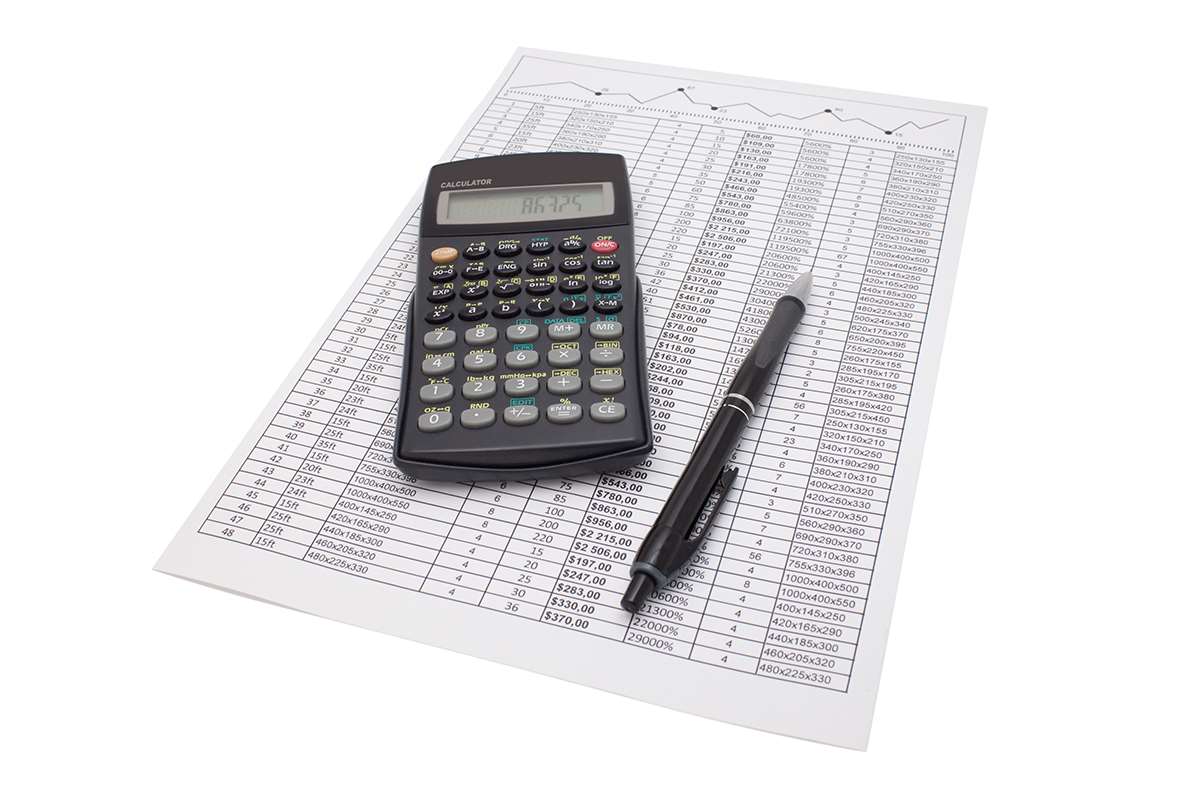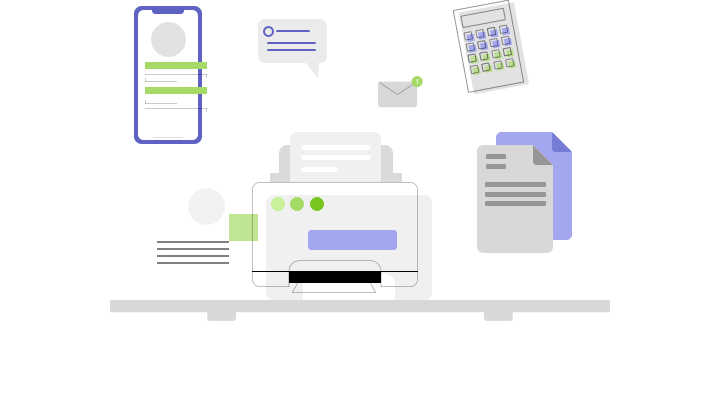Content
- Interest rates
- Join over 140,000 fellow entrepreneurs who receive expert advice for their small business finances
- Example of the After-Tax Cost of Debt
- How To Calculate the Cost of Debt Capital
- Yield to Maturity
- How the Cost of Debt Works
- How to calculate the after-tax cost of debt using the after-tax cost of debt formula?

Using a tool like Layer, you can automate the process even further by synchronizing data across multiple formats and locations, as well as scheduling updates, assigning tasks, and automatically sharing reports. For the next section of our modeling exercise, we’ll calculate the cost of debt but in a more visually illustrative format. The YTM refers to the internal rate of return of a bond, which is a more accurate approximation of the current, updated interest rate if the company tried to raise debt as of today. With that said, the cost of debt must reflect the “current” cost of borrowing, which is a function of the company’s credit profile right now (e.g. credit ratios, scores from credit agencies). For example, a bank might lend $1 million in debt capital to a company at an annual interest rate of 6.0% with a ten-year term.

It also helps us evaluate if a new loan is economically right for the business. To calculate the after-tax Cost of Debt, which is our goal, we first need to calculate the average tax percentage. We can do this by taking the present value of the interest payable over the next three years and dividing it over the principal amount. Within the business, we can evaluate how much of a burden debt is placing on the company. However, the Yield to Maturity approach is useful only in scenarios where we know the Debt’s market price. The business may also have to follow and meet specific covenants, like debt and liquidity metrics, to comply with the financing agreement.
Interest rates
The diligence conducted by the lender used the most recent financial performance and credit metrics of the borrower as of that specific period (i.e. the past), as opposed to the current date. Federal Reserve, 43% of small businesses will seek external funding for their business at some point—most often some kind of debt. Knowing the after-tax cost of the debt you’re taking on is crucial when trying to stay profitable. Yarilet Perez is an experienced multimedia journalist and fact-checker with a Master of Science in Journalism.

After reading this article, you will understand what is the after-tax cost of debt and how to calculate the after-tax cost of debt. You will also understand how to apply the after-tax cost of debt formula to real-life situations.
Join over 140,000 fellow entrepreneurs who receive expert advice for their small business finances
Others may want to know your company’s cost of debt figures, because it can help them assess the risk of doing business with your company. Enterprise ValueEnterprise value is the corporate valuation of a company, determined by using market capitalization and total debt. To calculate the after-tax cost of debt, you need the effective interest rate, or the cost of debt calculated in the previous step, and the tax rate.

On the Bloomberg terminal, the quoted yield refers to a variation of yield-to-maturity called the “bond equivalent yield” . If the company were to attempt to raise debt in the credit markets right now, the pricing on the debt would most likely differ. Stand out and gain a competitive edge as a commercial banker, loan officer or credit analyst with advanced knowledge, real-world analysis skills, and career confidence. Cost of capital is a calculation of the minimum return a company would need to justify a capital budgeting project, such as building a new factory. Don’t waste hours of work finding and applying for loans you have no chance of getting — get matched based on your business & credit profile today. The Cost of Debt is a prevalent metric because it gives much value to our decision-making process, and it’s relatively easy to gather the data to calculate it.
Example of the After-Tax Cost of Debt
Let’s see an example to understand the cost of debt formula in a better manner. Get instant access to video lessons taught cost of debt by experienced investment bankers. Learn financial statement modeling, DCF, M&A, LBO, Comps and Excel shortcuts.
